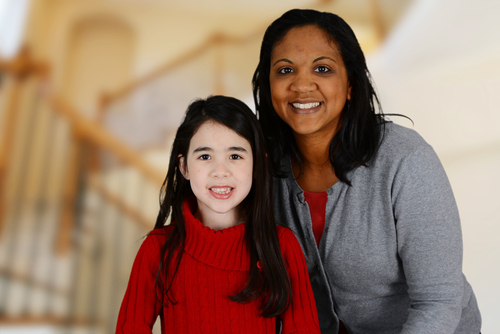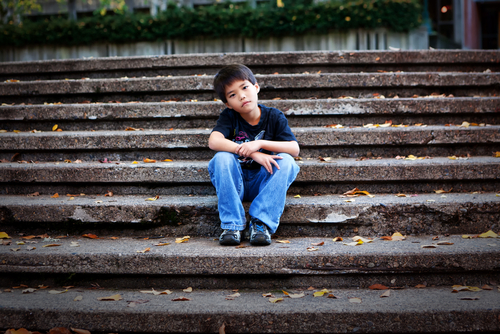
Cape Fear Guardian ad Litem Association: Giving Children a Voice
Cape Fear Guardian ad Litem Association, or CFGALA, for short, trains volunteers to ensure that the needs of children who must be removed from their homes, are met. That’s a tall order, as children may not even know how to voice what they feel and need. It takes a special person to get in there and figure it out. These children are the most vulnerable of all and it is incumbent on us to do the best we can to give them a chance at a normal home life with all the things that go with that.
We see that CFGALA is succeeding in helping children have a voice in what happens to them, and also making sure they don’t lack the extracurricular enrichment they deserve. And that is the reason we gave them a small grant. We spoke to Vice President of CFGALA Board of Directors Rodney Dillman to find out more about this work:
Kars4Kids: What is the purpose of a guardian ad litem?
Rodney Dillman: A guardian ad litem (GAL) is appointed by the Court to be the voice of a child who has to be removed from his/her parents due to abuse or neglect. A GAL meets periodically with the child to understand his/her needs and makes recommendations to the court as to the best placement of the child with relatives or a foster parent.
Kars4Kids: Can you tell us a bit about the guardian ad litem training?
Rodney Dillman: GALs are given 30 hours of initial training on skills needed to be an effective guardian ad litem volunteer; the resources available to assist them; and the factors that impact children, such as addiction, mental illness, neglect, abuse and poverty. GALs are also given additional training on topical issues affecting children.
Kars4Kids: Your fact sheet claims a savings of $10.3 million due to volunteer efforts. What does that mean? Whose money is saved and on what would it otherwise be spent?
Rodney Dillman: This is money saved by the State of North Carolina that would otherwise need to be spent on social workers or other professionals that look out for the best interests of children.
Kars4Kids: What are some normal activities that abused and neglected children might miss out on that CFGALA makes sure they get to have?
Rodney Dillman: Tutoring, music lessons, after school sports that require fees or equipment, theater performances, dance lessons, summer camps, movies, and museums.
Kars4Kids: How do you match children with volunteers?
Rodney Dillman: Each GAL has a staff supervisor that understands their skills, strengths and preferences. The supervisor understands that some GALs may prefer teenage children while others may prefer toddlers and attempts to make the best possible match.

Kars4Kids: What happens during a visit between a child and his/her guardian ad litem?
Rodney Dillman: This depends on the age of the child. In the case of a younger child, the interaction may be social, or more substantive in the case of older children. Key to the interaction is understanding whether the current placement is a good one for the child or whether a change needs to be made. For older children, the GAL talks with the child about their placement, education, social service needs and anything else the child wants the court to know at the next hearing on their case.

Kars4Kids: Why can’t a social worker or an attorney suffice? Why is the guardian ad litem still necessary?
Rodney Dillman: A social worker and a staff attorney focus on reuniting the child with the parent. This includes trying to get the parents to change behaviors in order to create a safe and secure environment for the child. The GAL’s sole focus is on the child. The best interests of the child are paramount. At times the interests of the social worker and the best interests of the child diverge. The GAL’s sole focus is on the child.
Kars4Kids: Can you describe the kind of person who makes a great guardian ad litem?
Rodney Dillman: Anyone over age 18 who is looking to make a difference in a child’s life can become a GAL. Caring individuals with good communication skills make the best GALs.
Kars4Kids: At what point does the child no longer need a guardian ad litem? Do children form an attachment to the volunteers? Is there a mechanism in place for saying goodbye?
Rodney Dillman: The guardian ad litem stays with the child until there is reunification with the parents, a permanent placement via adoption or legal guardian, or the child turns 18. Attachments do form between the GAL and the children. Once a permanent plan is achieved, it is explained to the child that the GAL needs to now move on to help other children.

Kars4Kids: What’s next for CFGALA?
Rodney Dillman: CFGALA will continue to meet the ever-increasing needs of abused and neglected children which are not covered by DSS (Division of Social Services).